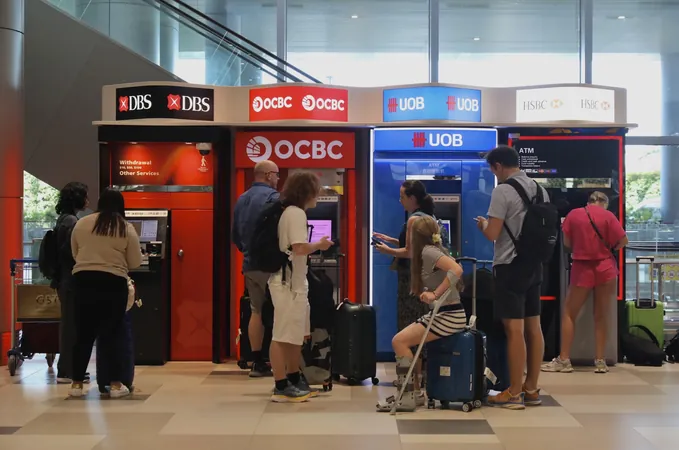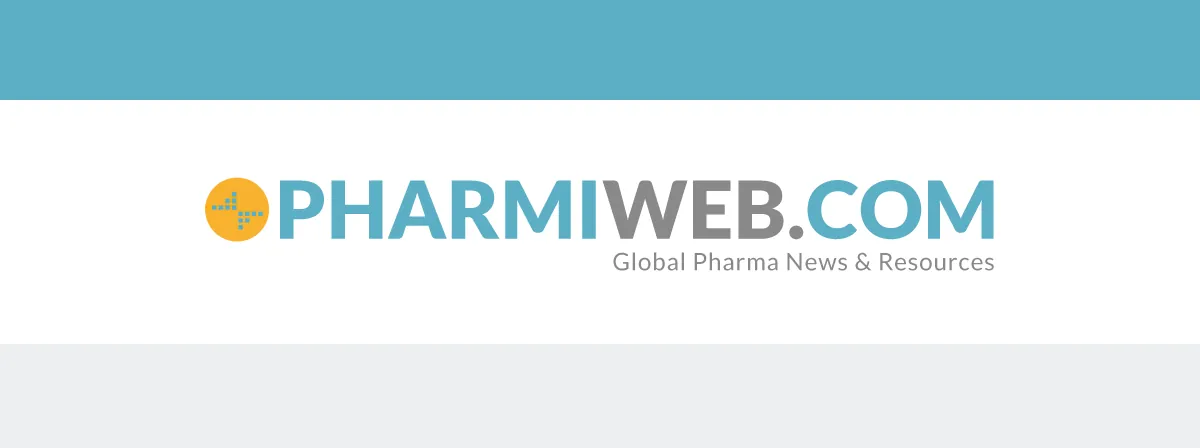
Is It Time for Singapore's Banking Giants to Rethink Dividends?
2025-05-14
Author: Wei Ling
In Singapore's financial scene, DBS, OCBC, and UOB have recently sparked intrigue with their notable stock gains—growing 1.19%, 0.74%, and 1.55% respectively after a truce between the US and China on tariffs. This positive momentum positioned the banks as top performers against the Straits Times Index (STI), which only edged up 0.13%.
However, this uptick masks a deeper issue. Before the tariff agreement, all three banks were performing poorly on a year-to-date basis. DBS fell by 0.02%, OCBC plummeted 2.76%, and UOB sagged 4.13%, trailing behind the STI's gain of 2.34%. Even factoring in dividends, their returns were disappointing, with DBS achieving just 1.5%, OCBC 0.73%, and UOB falling to minus 0.87%.
The lackluster performance might be indicative of a larger trend. Just a day after the tariff relief, both OCBC and UOB saw their shares roll back by 1.04% and 0.28% respectively, while DBS managed a slight rise of 0.5%.
Recent Q1 2025 reports from these banks paint a worrying picture. The post-pandemic recovery, which once boosted their profits, is looking increasingly fragile. Analysts suggest that it may be the right moment for DBS, OCBC, and UOB to revisit their dividend and capital management strategies, especially considering the unpredictable economic landscape ahead.
The banks are already taking precautionary steps; they set aside pre-emptive allowances in their recent financial results, a telltale sign of expecting a downturn. UOB even suspended its earnings guidance for the year—a drastic move highlighting concerns over future profitability.
While asset quality remains stable, potential hurdles lie ahead with diminishing loan growth as the economy slows, alongside a decline in net interest margins (NIMs) as interest rates stabilize and potentially decrease. Given that more than 60% of the banks' income derives from net interest, any setbacks here could be detrimental.
In Q1 2025, all three banks reported weaker NIMs, with OCBC experiencing the most significant drop—from 2.27% in Q1 2024 to just 2.04%. In 2023, NIMs had reached between 2.09% and 2.28% due to soaring interest rates, but the trend is reversing.
Despite challenges in net interest income, the banks are trying to offset losses through their non-interest income—a fluctuating segment that encompasses trading gains and service fees, yet is at risk of being undermined by competition from global players like Barclays and Nomura entering the local private banking market.
The stability of return on equity (ROE) is slipping too; after a steady climb in the past few years, all three banks recorded lower ROEs in Q1 2025 compared to the same period last year.
Yet, amidst growing profitability concerns, investors remain drawn to the dividends and share buybacks these banks offer. Notable moves include DBS announcing an interim dividend of S$0.60 per share plus an additional S$0.15 capital return for Q1 2025, and plans for continuous capital returns in the coming years.
OCBC plans to return S$2.5 billion through special dividends and buybacks, while UOB is set to return S$3 billion over three years. Last fiscal year, all three banks raised their dividends, signaling confidence—at least on the surface.
Investors should tread cautiously, however; while dividends are enticing, the sustainability of these payouts relies on the banks maintaining robust profitability. As economic clouds gather, the stability of these payouts may not remain as bright.



 Brasil (PT)
Brasil (PT)
 Canada (EN)
Canada (EN)
 Chile (ES)
Chile (ES)
 Česko (CS)
Česko (CS)
 대한민국 (KO)
대한민국 (KO)
 España (ES)
España (ES)
 France (FR)
France (FR)
 Hong Kong (EN)
Hong Kong (EN)
 Italia (IT)
Italia (IT)
 日本 (JA)
日本 (JA)
 Magyarország (HU)
Magyarország (HU)
 Norge (NO)
Norge (NO)
 Polska (PL)
Polska (PL)
 Schweiz (DE)
Schweiz (DE)
 Singapore (EN)
Singapore (EN)
 Sverige (SV)
Sverige (SV)
 Suomi (FI)
Suomi (FI)
 Türkiye (TR)
Türkiye (TR)
 الإمارات العربية المتحدة (AR)
الإمارات العربية المتحدة (AR)